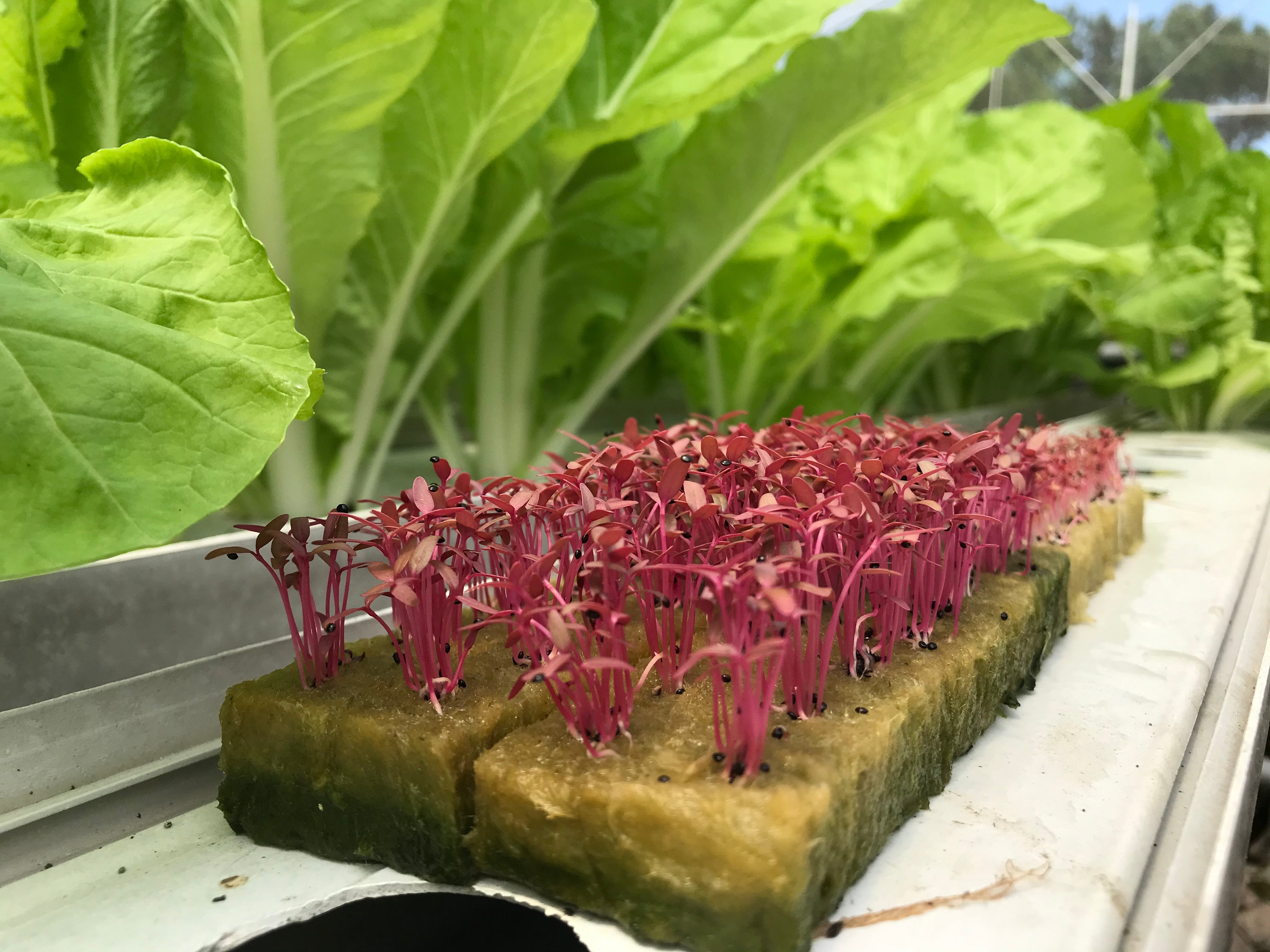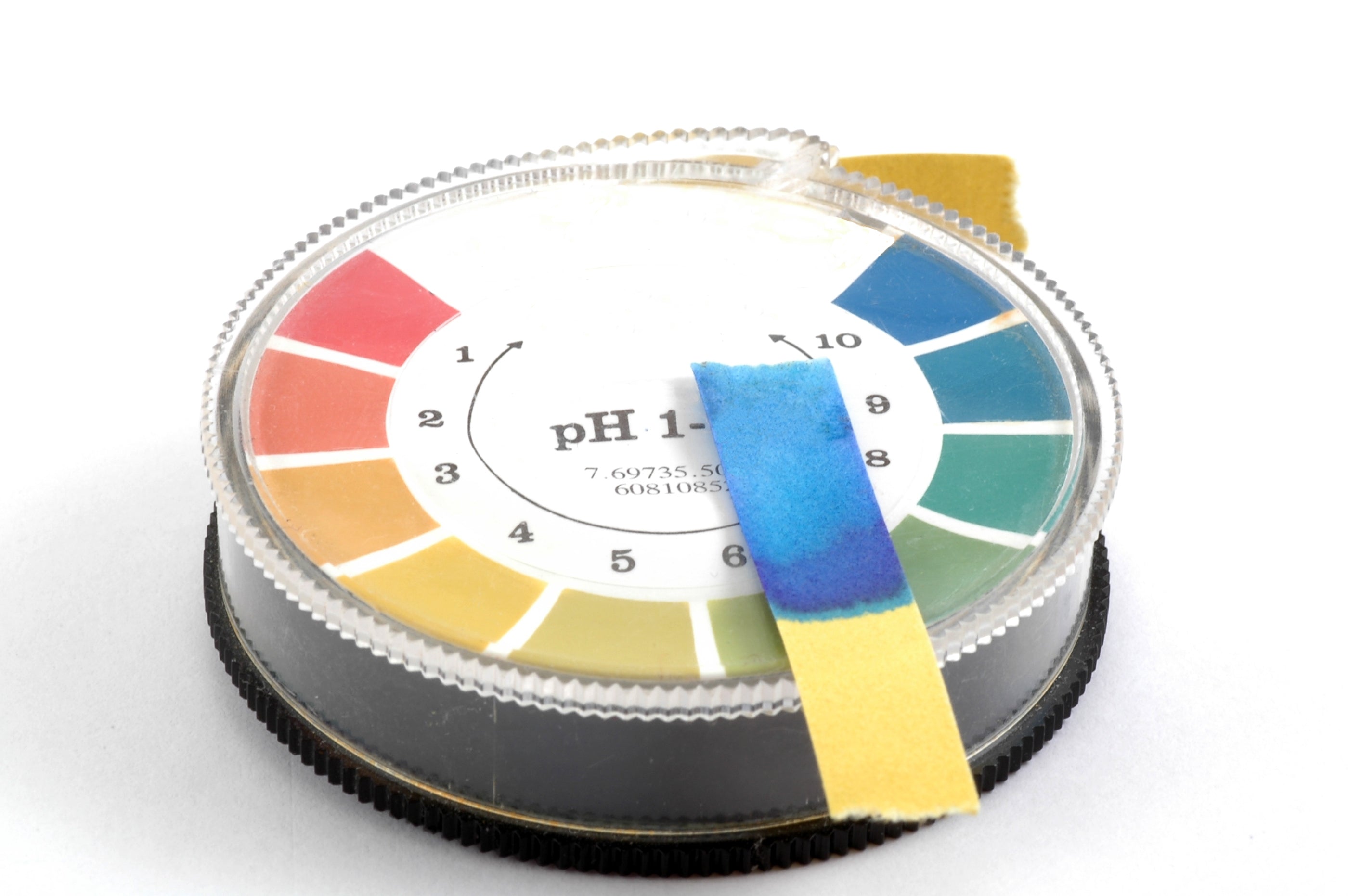Hydroponic Systems' Running Costs
An Easy Guide For Calculating Hydroponic Systems' Running Costs
If you’re considering building a hydroponic system, you’ve probably heard that hydroponics uses 80–90% less water than traditional gardening; however, it requires electricity to run pumps and grow lights, plus you will have to replace nutrients periodically. So, you might be wondering how much it actually costs to run a hydroponic system and whether it’s worth it at all. In this article, we will cover exactly what you need to run a hydroponic system and how you can calculate the running costs so that you can make an informed decision as to whether hydroponics is worth it to you personally.
Things You Need to Run a Hydroponic System
In short, you need a constant supply of water, nutrients, and electricity to maintain a hydroponic system. How much of all these things you actually need will depend on the type and size of the system you’re planning to have, the amount of lighting you will need, and any additional equipment, such as water heaters, ventilation fans, an HVAC (heating, ventilation, and air conditioning) system, and so on. With that said, let’s take a closer look at how you can calculate how much water, electricity, and nutrients you will need so that you’re able to calculate the running costs of your hydroponic system.
Water
In hydroponics, you would typically fill the reservoir with a nutrient solution, which is essentially water with nutrients dissolved into it, and then you would need to top it up with fresh water every 2–3 days or maybe even daily because plants take up water and some of it evaporates too. Once you’ve added as much water to your reservoir as it holds, then it’s time for a full water change. You will need to drain the old nutrient solution, clean your reservoir, and fill it with a new, fresh nutrient solution.
Keep in mind that it’s not advisable to use tap water with hydroponic plants because tap water has various things added to it to ensure it kills microbes harmful to humans, such as chlorine, chloramines, and aluminium sulphate. All of these chemicals would harm your hydroponic plants. The pH level of tap water is not suitable for hydroponics in most cases, as it can be anywhere between 6.5 and 8.5 (while it should be between 5.5 and 6.5 for hydroponics ideally), but it can be adjusted using pH up or down solutions. For your hydroponic garden, you should be using filtered or distilled water.
It is possible to make tap water safe. If you place tap water in the sun for at least 24 hours, the UV rays should break down and remove the chlorine. You can also purchase chlorine remover. As mentioned previously, you can use pH up and pH down solutions to balance the pH level of your water. If you live in a hard water area like I do, you will also need to purchase water softener. It takes a lot of effort to purify tap water, and I find it easier to buy large bottles of distilled water in bulk.
The size of your reservoir will depend on how many plants you want to grow. Small plants need 1.5–2 litres of water, medium plants need 3–5 litres, and large plants need 10 litres.
Let’s say, you have a 50-litre reservoir. You would need 50 litres of water to fill it up, and then you would add another 50 litres when topping it up over the course of 2–3 weeks. You would then need to make a full water change, which means you will need another 50 litres of water. In addition to that, you will need some water to clean and flush your system, which is another 50 litres. So, you would need 250–350 litres of water per month depending on how often you need to make a full water change.

If you’re using tap water, you can find out how much it costs by checking your utilities provider website or simply checking your bills—they should mention the tariff per cubic meter (1000 litres) of water as well as any additional charges, such as water meter charge and so on. It can vary depending on your location, whether you have a water meter fitted, and the type of property you reside in; however, as a rule of thumb, you can expect to pay around £1.8 per cubic meter (1000 litres) of water. If you have a water filtering system, such as a reverse osmosis system, you might want to consider filter costs, as you might have to replace them more often if you use a lot of water for hydroponics. Distilled water can be rather expensive and can cost around £7–8 per 5-litre bottle, but it gets cheaper if you buy it in bulk—for example, a 25-litre bottle costs around £25, which comes out to a pound per litre, and you can also get quantity discounts if you buy larger amounts.
Chlorine remover usually costs around £15 per 250 ml, and this amount can treat 5,000 litres of water, plus you can get it cheaper if you buy a larger bottle (1-litre bottle is around £45–48). You will need pH up and down solutions to adjust the pH level of your nutrient solution, and these are around £15 per litre. They are very concentrated, and you only need a small amount, so even a 1-litre bottle can last you a while.
Nutrients
Nutrients prices can vary depending on the type and brand, but you can expect to pay £10–15 per litre, but larger bottles (gallon or 5L) are usually significantly cheaper per litre. How much nutrients you will need depends on the size of your reservoir, the nutrients brand, and your plants’ growth stage, but you would typically need 1–2 ml of nutrients per litre of water to make up a nutrient solution, so even a 1-litre bottle can last you a while, but if you’ve found a nutrient solution that works well for your plants, I would suggest buying it in bulk to help keep the running costs down.
Electricity
You will need electricity for grow lights, pumps, ventilation fans, HVAC systems, and so on. Again, you can find the most up-to-date electricity rates on your provider’s website. The electricity cost can vary slightly depending on where you live; however, at present, the cost of 1 kWh (kilowatt-hour) of electricity is 52p per kWh, but this is capped at 34p with the Energy Price Guarantee. The UK government’s Energy Price Guarantee was designed to keep typical bills for someone paying by direct debit to about £2,500 a year until 30 June 2023. The scheme continues until March 2024, but the threshold increased to £3,000 from 1 July 2023.
Calculating how much electricity a device uses is rather simple. You need to multiply the wattage by the average number of hours the device is on. For example, if you have 1000-watt grow lights that are on 14 hours per day, they would consume 14,000 Wh (or 14 kWh) of electricity per day. You will need to calculate this for all the electric devices that you use for your hydroponic system, such as grow lights, pumps, fans, water heaters, electric heaters if you use them to heat up your grow room, an air conditioning unit if you have one, and so on. You can find the wattage of your devices in the owner’s manual or often on the device itself. If you can’t find it, you can try searching it on the Internet using your device’s brand name and model number.
For more great content check out the Proponics YouTube channel below!

By Max Barnes
Max Barnes is a long-time homesteader and author. Max grows the majority of his own food year-round using a variety of different methods, including hydroponics. Hydroponic gardening plays a huge part in his homestead and self-sufficiency goals.




